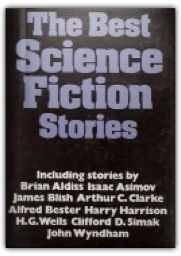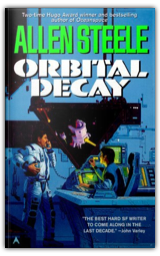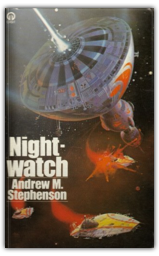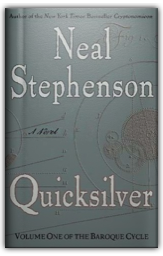 Elizabeth
David Starkey
Elizabeth
David Starkey
The Virgin Queen, Gloriana, Good Queen Bess; Elizabeth I holds a unique place in the English imagination as one of the nation's most powerful, charismatic and successful monarchs. Elizabeth is usually imagined as the icy, untouchable figure memorably recreated on screen by Bette Davis and Judi Dench, but that vision of Elizabeth ignores the turbulent years of her early life, from her birth as the daughter of Henry VIII and Anne Boleyn in 1533, until her accession to the throne in 1558 following the death of her sister Mary. It is these early years which are the subject of David Starkey's fascinating Elizabeth I, written to accompany his television series about the life of Elizabeth. 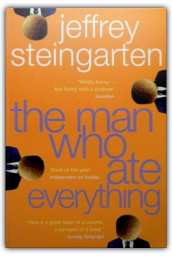 The Man Who Ate Everything
Jeffrey Steingarten
The Man Who Ate Everything
Jeffrey Steingarten
Jeffrey Steingarten was a lawyer until 1989, when an invitation to write for American Vogue effected his metamorphosis into a food writer—unquestionably a higher form of life. As the self-styled Man Who Ate Everything, he could allow himself no favourite foods nor irrational dislikes; consequently, the first piece in the book describes his heroic efforts to purge himself of all food phobias in preparation for his new post. The Six-Step Programme he devised was largely successful: as a result, kimchi (Korean pickled cabbage), anchovies, Greek food and clams ("I feel a mild horror about what goes on in the moist darkness between the shells of all bivalves...is the horror deeper than I know?) all assumed a place in his diet. He became the "perfect omnivore". Now he seems to travel the world, eating. The Man Who Ate Everything deals to a certain extent with food and cooking, but its real subject (aside from Steingarten himself) is our attitude towards what we eat—what our food choices reveal about us. So he discusses the complex issues surrounding choosing the best brand of bottled water; the pros and cons of cooking "French" fries in horse fat; the deadly toxins that infest a virginal salad. He travels to Alsace in pursuit of le Veritable Choucroute Garni, to Piedmont to join white-truffle hunters, to Kyoto to worship at the shrine of kaiseki ryori, formal Japanese haute cuisine. By turns witty, learned, satirical and riotously farcical, The Man Who Ate Everything is never less than passionate about his subject. —Robin Davidson 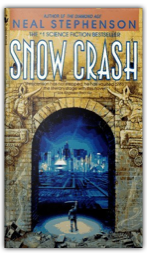 Snow Crash
Neal Stephenson
Snow Crash
Neal Stephenson
From the opening line of his breakthrough cyberpunk novel Snow Crash, Neal Stephenson plunges the reader into a not-too-distant future. It is a world where the Mafia controls pizza delivery, the United States exists as a patchwork of corporate-franchise city states, and the Internet—incarnate as the Metaverse—looks something like last year's hype would lead you to believe it should. Enter Hiro Protagonist—hacker, samurai swordsman and pizza-delivery driver. When his best friend fries his brain on a new designer drug called Snow Crash and his beautiful, brainy ex-girlfriend asks for his help, what's a guy with a name like that to do? He rushes to the rescue. A breakneck-paced 21st-century novel, Snow Crash interweaves everything from Sumerian myth to visions of a postmodern civilization on the brink of collapse. Faster than the speed of television and a whole lot more fun, Snow Crash is the portrayal of a future that is bizarre enough to be plausible. —Acton Lane 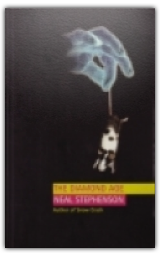 The Diamond Age
Neal Stephenson
The Diamond Age
Neal Stephenson
Decades into the future, near the ancient city of Shanghai, a brilliant nanotechnologist named John Percival Hackworth has broken the rigorous moral code of his tribe, the powerful neo-Victorians, by making an illicit copy of a state-of-the-art interactive device called "A Young Lady's Illustrated Primer". Seattle Weekly called Stephenson's Snow Crash "The most influential book since ... Neuromancer." 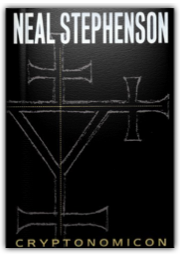 Cryptonomicon
Neal Stephenson
Cryptonomicon
Neal Stephenson
Neal Stephenson enjoys cult status among science fiction fans and techie types thanks to Snow Crash, which so completely redefined conventional notions of the high-tech future that it became a self- fulfilling prophecy. But if his cyberpunk classic was big, Cryptonomicon is huge, gargantuan,massive, not just in size but in scope and appeal. It's the hip, readable heir to Gravity's Rainbow and the Illuminatus trilogy. And it's only the first of a proposed series—for more information, read our interview with Stephenson. |
 Made with Delicious Library
Made with Delicious Library
London, State zipflap congrotus delicious library Scott, Mike
